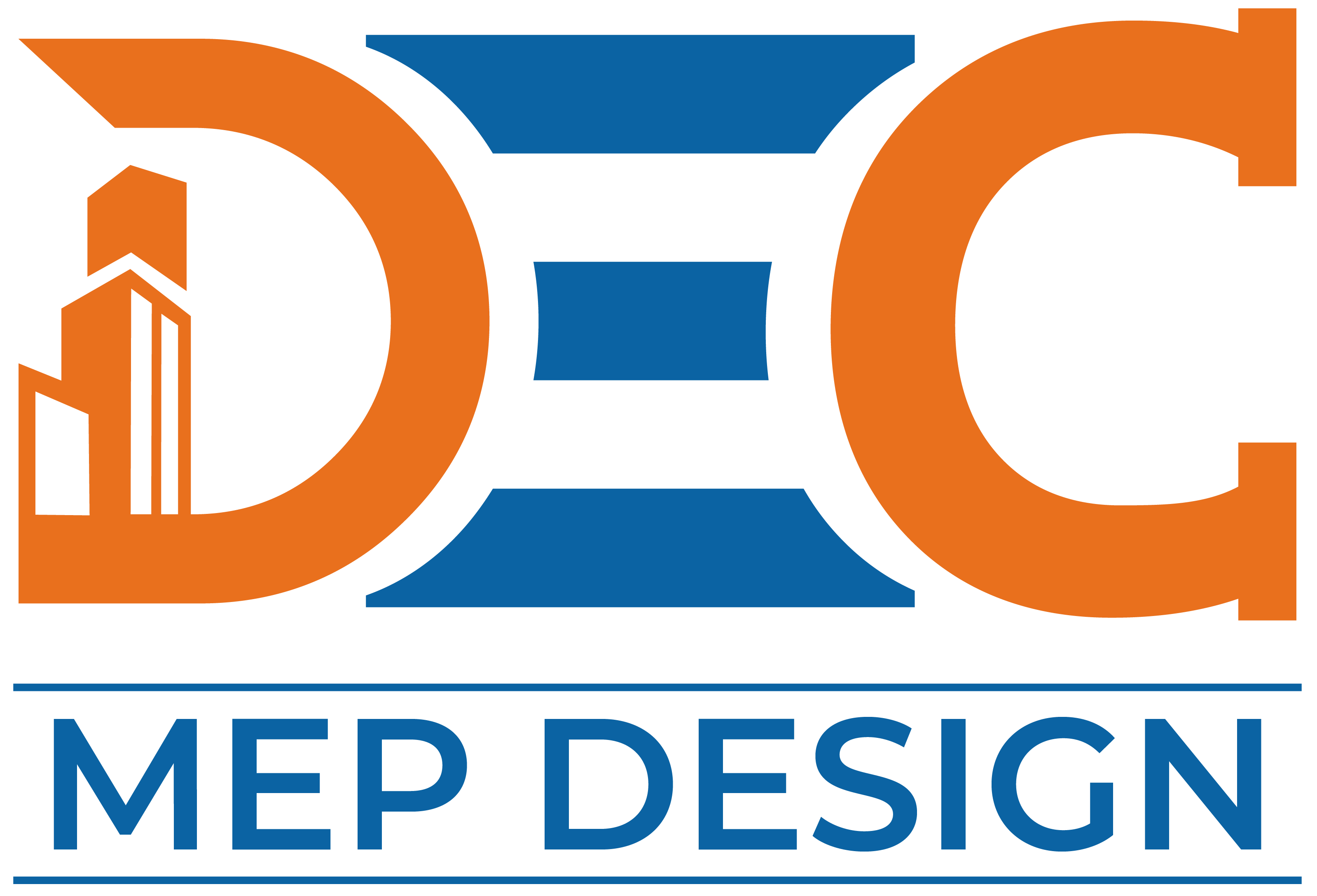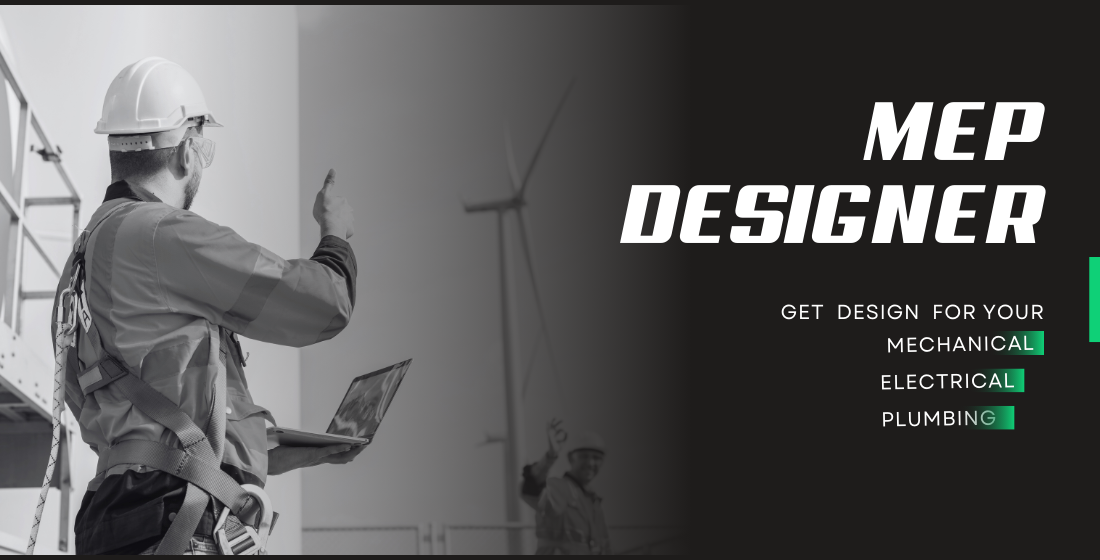Franchising has become one of the most popular business models, offering a well-established brand and proven operational systems. However, as straightforward as the concept might seem, one of the most complex aspects of franchising lies in the design and execution of MEP (Mechanical, Electrical, and Plumbing) systems. These systems are the backbone of any commercial establishment, ensuring functionality, safety, and comfort. When dealing with franchising, MEP design can present unique challenges due to the interplay between brand standardization, local regulations, and site-specific conditions.
In this blog, we explore the common MEP design challenges in franchising and provide actionable strategies to address them effectively.
1. Balancing Standardization and Customization
Challenge: Franchisors often establish strict design and operational standards to maintain brand consistency. However, no two sites are identical, which means MEP systems may require customization to fit unique layouts, building codes, or local climate conditions. Striking the right balance between standardization and flexibility can be tricky.
Solution: Develop adaptable MEP templates that incorporate brand standards while allowing for minor modifications. Use modular design principles, which provide a scalable and repeatable framework while accommodating site-specific adjustments. Early collaboration between franchise owners, MEP consultants, and local contractors ensures a seamless integration of both global and local requirements.
2. Navigating Diverse Building Codes and Regulations
Challenge: Every region has its own set of codes and regulations governing MEP systems. A design that works perfectly in one location may fail to comply with the rules in another, leading to costly redesigns or project delays.
Solution: Engage local MEP consultants familiar with regional codes early in the project. They can provide critical insights during the design phase and help avoid compliance issues. Additionally, maintain a library of regulatory requirements for different regions as part of the franchise documentation to streamline the design process for future projects.
3. Space Constraints and Retrofitting Challenges
Challenge: Franchises are often located in diverse spaces, from new developments to retrofitted older buildings. The latter often presents challenges such as inadequate ceiling heights, outdated infrastructure, or limited utility access, complicating MEP installations.
Solution: Conduct a thorough site survey before finalizing the MEP design. Leverage modern technologies like 3D scanning and Building Information Modeling (BIM) to identify potential conflicts and optimize system layouts. For retrofitting projects, consider upgrading infrastructure in stages to minimize disruptions and costs.
4. Ensuring Energy Efficiency Across Locations
Challenge: Maintaining energy efficiency is critical for operational cost savings and sustainability goals, yet different locations may have varying energy demands and environmental conditions.
Solution: Incorporate energy-efficient equipment and systems into the standard MEP design. Use smart control systems to monitor and adjust energy usage dynamically. For franchises operating in diverse climates, consider site-specific energy solutions like solar panels in sunny regions or advanced insulation in colder climates.
5. Managing Cost Constraints
Challenge: Franchise owners often have tight budgets, which can limit options for premium materials, advanced systems, or extensive customizations. Balancing cost with quality and compliance is a significant hurdle.
Solution: Prioritize value engineering to identify cost-effective solutions without compromising quality or safety. Invest in high-efficiency equipment that may have a higher upfront cost but offers long-term savings. Building relationships with trusted suppliers and negotiating bulk discounts can also reduce expenses across multiple franchise locations.
6. Coordinating Multiple Stakeholders
Challenge: Franchise projects involve numerous stakeholders, including franchisors, franchisees, architects, engineers, and contractors. Miscommunication or misalignment can lead to delays and errors in MEP design and implementation.
Solution: Establish a centralized project management system to facilitate clear communication and document sharing among all stakeholders. Hold regular coordination meetings to address concerns and ensure alignment at every stage of the project. Digital collaboration tools like BIM and project management platforms can streamline workflows and reduce misunderstandings.
7. Adapting to Technological Advancements
Challenge: As technology evolves, franchisees may seek to integrate smart systems, IoT devices, or other innovations into their MEP infrastructure. Balancing these requests with standard designs can be challenging.
Solution: Adopt a future-ready approach in MEP design, incorporating flexible infrastructure to accommodate emerging technologies. Partnering with tech-savvy consultants ensures that innovations are integrated seamlessly while maintaining brand standards.
Conclusion
MEP design challenges in franchising are complex, but they are not insurmountable. By adopting a proactive and collaborative approach, franchisors and franchisees can overcome these hurdles, ensuring that every location meets operational, regulatory, and brand requirements. The key lies in embracing adaptability, leveraging expertise, and prioritizing communication. With these strategies, franchises can build a robust MEP framework that supports growth and success across diverse locations.
Curious about how top engineering firms are driving innovation and scalability in franchising? Discover how MEP consultants are redefining the franchise development process — from energy efficiency to cutting-edge tech integration.
How-To: Navigate MEP Design Challenges in Franchising
- How to balance standard MEP designs with local site requirements
Start with a flexible MEP design template that reflects brand requirements.
Conduct a site-specific analysis to assess constraints like layout, climate, and utilities.
Modify the base design using modular principles to match local needs without compromising brand integrity.
Use BIM (Building Information Modeling) to visualize and simulate changes before execution. - How to stay compliant with varying local codes
Hire local MEP consultants who understand regional compliance standards.
Cross-check your design with local building codes before approval.
Maintain a dynamic library or checklist of regional code requirements for consistency.
Schedule regular code updates and training sessions for your design teams. - How to handle retrofitting in older or constrained buildings
Conduct a pre-design feasibility survey using 3D scanning.
Utilize space-saving technologies like compact HVAC units or wall-mounted systems.
Implement a phased upgrade plan if budget or time is limited.
Consider prefabricated or modular MEP solutions to reduce onsite disruption. - How to improve energy efficiency across locations
Standardize energy-efficient HVAC, lighting, and plumbing fixtures across all designs.
Install smart systems for real-time energy monitoring and management.
Customize insulation and renewable solutions (like solar) based on regional climate.
Run periodic energy audits to track performance and ROI.
FAQ: Common Questions About MEP Design in Franchising
MEP systems ensure comfort, safety, functionality, and operational efficiency. For franchises, a well-designed MEP layout maintains brand standards while meeting unique site needs. A poor design can lead to higher costs, energy inefficiency, and regulatory penalties.
Not exactly. While the core design and components can be standardized, each site may require adjustments due to differences in local regulations, building layout, utilities, and climate conditions. Think of it as a flexible framework rather than a one-size-fits-all solution.
Work with local MEP consultants familiar with regional codes. Include them early in the planning phase, and conduct code reviews before final design finalization. Always stay updated on changes in building regulations.
Focus on value engineering — choosing systems that offer long-term savings, even if the initial cost is higher. Standardize components across franchises, and partner with suppliers to gain discounts on bulk purchases. Use energy-efficient systems that reduce operational costs over time.
Design with scalability in mind. Include conduits for future wiring, extra load capacity for electrical panels, and adaptable HVAC layouts. Stay open to integrating smart systems, IoT, and automation tools that may become standard down the road.





No comment